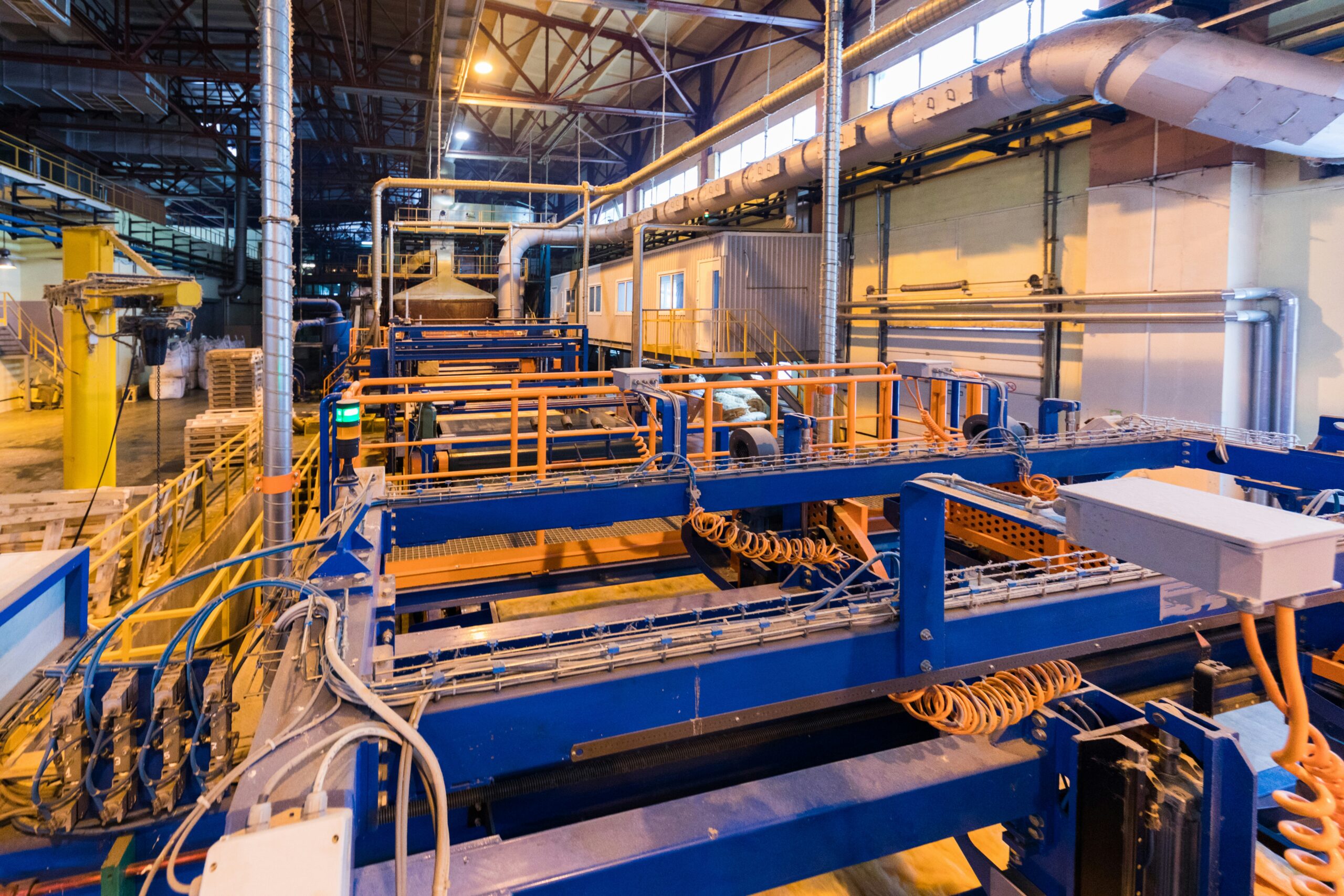
The Sim Corder/Harrison Mill, an emblem of early industrial development, stands as a testament to the ingenuity and perseverance of the pioneers who helped shape the industrial age. The mill, with its rich history and technological advancements, played a crucial role in the growth of the American economy. Situated in a region ripe with natural resources, the mill served as a center of production and a symbol of progress, making significant contributions to the local and national economy. Understanding this mill’s role in early industry requires delving into its history, technological innovations, and broader impacts on the surrounding community and beyond.
Origins and Establishment of the Mill
The Sim Corder/Harrison Mill story begins in the late 18th century when the demand for flour and other essential goods was skyrocketing. The industrialization of agriculture and the rise of commerce in the United States created the need for more efficient production methods. Situated near a water source that powered its operations, the mill took advantage of the region’s natural resources, an essential feature that made mills like these viable and efficient in an era before electrical power was widespread.
The founders of the Sim Corder/Harrison Mill understood the significance of its location. Access to water provided the power needed to operate the mill and connected the production to transportation routes. With the ability to move goods efficiently, the mill quickly became a vital asset to the region’s economy. It produced goods that were essential locally and for markets further afield, driving the local economy and linking it to broader trade networks.
Technological Advancements and Innovation
The mill’s role in early industry was not limited to production; it was also a key site for technological innovation. At a time when mechanization was beginning to take hold, the mill employed various innovative tools that revolutionized production processes. One of the key developments was the implementation of a water-powered wheel system. The water wheel used at the mill was an early example of harnessing the natural flow of water to generate energy. This concept would later be replicated in countless other industrial facilities.
This was no small achievement. Water-powered mills were instrumental in transitioning from manual labor to mechanized production, providing greater efficiency and output. The success of the Sim Corder/Harrison Mill encouraged further investment in industrial technologies. As more mills adopted similar water-powered mechanisms, they became central hubs of productivity and economic growth. The early innovation seen at the mill set a precedent for future generations, establishing the foundation upon which the modern industrial age would eventually rise.
Impact on the Local Economy
As the mill grew in size and scope, its effects on the local economy became increasingly profound. It provided jobs to local workers, many of whom were employed in producing flour, grain, and other essential goods. The mill was a catalyst for growth, encouraging the development of nearby infrastructure such as roads and transportation networks. This, in turn, made it easier for goods to be transported from the mill to markets, both local and distant.
Moreover, the mill’s influence spread to other industries. The demand for grain and other goods created a ripple effect that bolstered the agricultural sector. Farmers could sell their produce at a reliable and consistent outlet, strengthening the local economy. The presence of the mill also helped foster a sense of community, as it brought together individuals from various trades and backgrounds, creating a network of interdependent workers.
The mill also played a pivotal role in the region’s social fabric. Its operations brought together families, provided opportunities for entrepreneurship, and offered individuals the chance to participate in the rapidly growing industrial sector. It served as a place of work, but also as a center of innovation, where individuals could contribute to developing new methods and techniques that mills and factories across the country would later adopt.
The Mill’s Influence Beyond the Local Community
While the Sim Corder/Harrison Mill profoundly impacted the local economy, its influence extended far beyond the surrounding community. As a key part of early industrialization, the mill contributed to the growth of the national economy. The goods produced at the mill were essential to local consumers and played a role in broader trade networks within and abroad.
The mill’s success illustrated the potential for industrial growth in the U.S., sparking interest in further investments in technology and infrastructure. It demonstrated the power of water-based mills as a sustainable energy source, influencing the development of other industries and encouraging the adoption of water-powered systems across the nation. The mill was ahead of its time in many ways, reflecting the spirit of innovation and progress that would characterize the Industrial Revolution.
Legacy and Preservation of the Mill’s History
While the mill no longer operates in the same capacity, its historical significance remains undeniable. Efforts to protect the mill and its history have been ongoing, recognizing its importance in the narrative of early industrialization in America.
The Sim Corder/Harrison Mill played a central role in the early days of industrialization. Its contributions to the local economy, technological innovation, and national economic growth were immeasurable. As a pioneer in mechanized production, it helped usher in an era of industrial development that would change the world. The mill’s legacy continues to be celebrated as a symbol of the ingenuity and perseverance that helped shape the industrial age. Its history is not only a part of the past but also an enduring reminder of the transformative power of innovation.